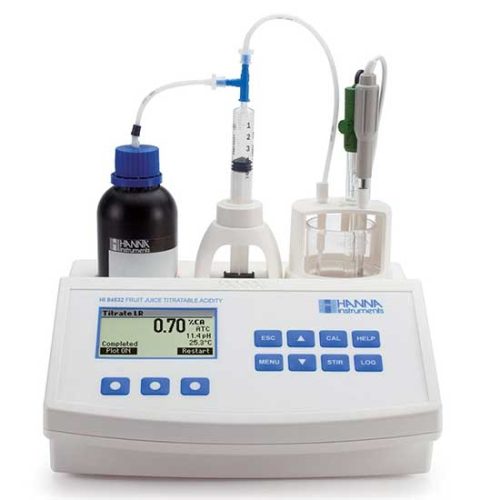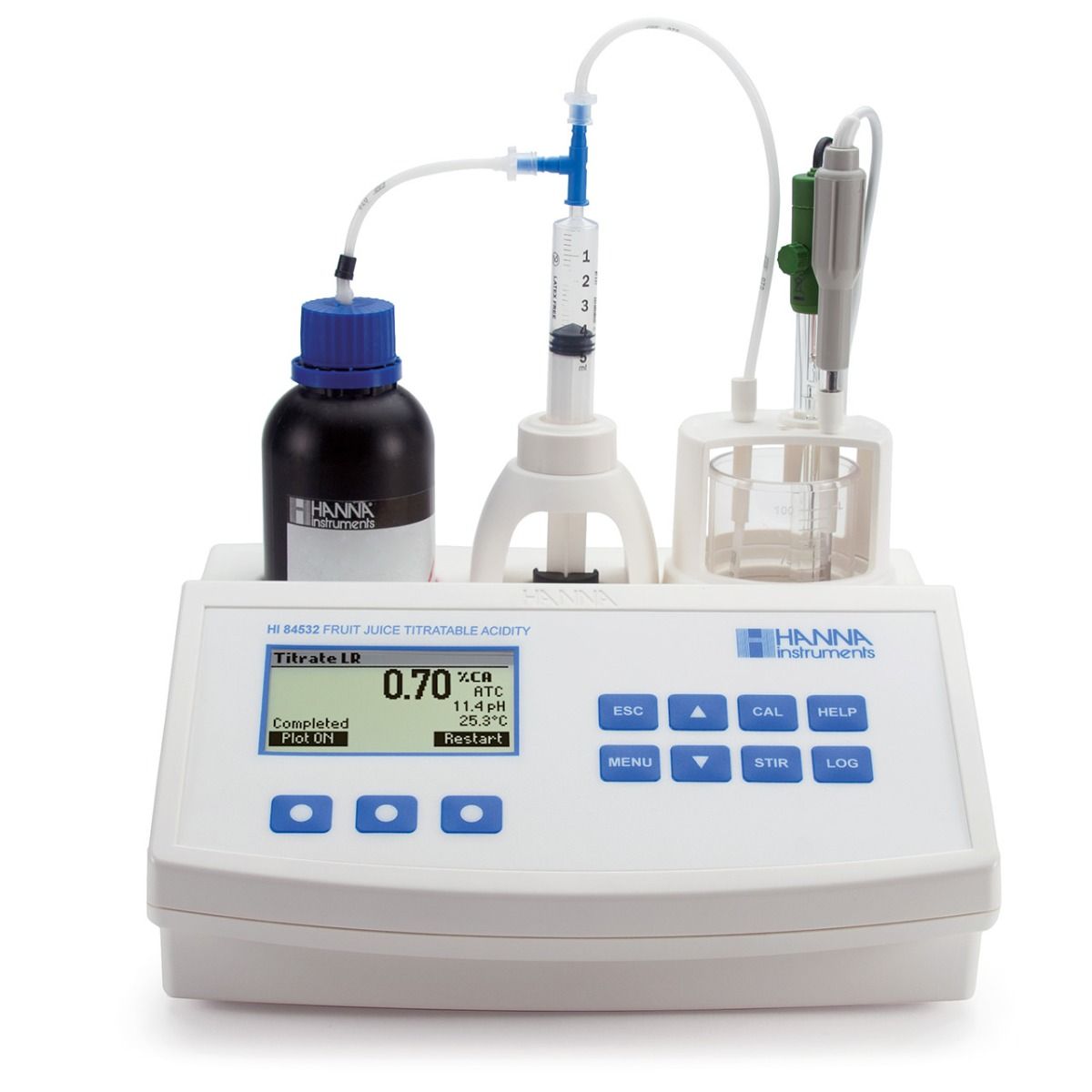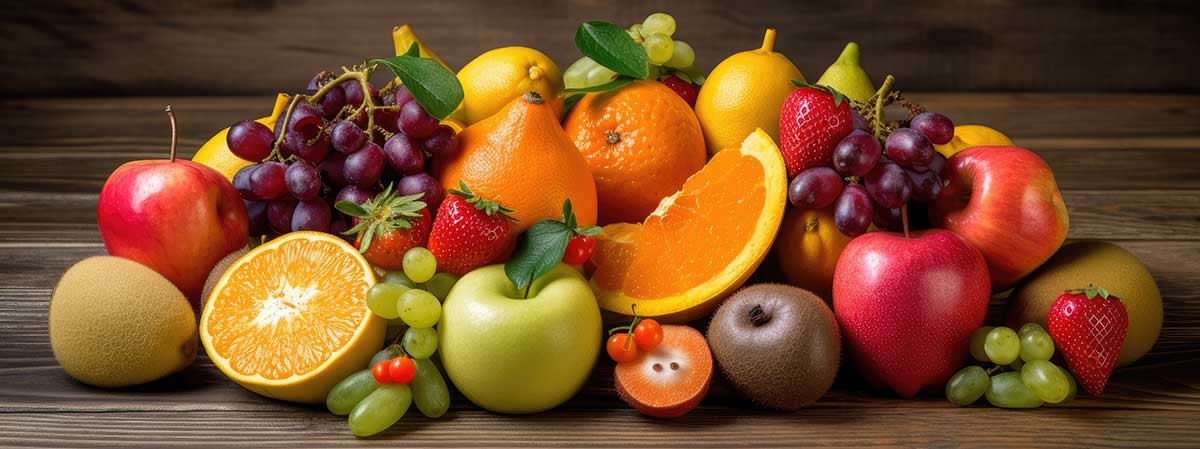Titratable acidity of fruit juices is an important parameter in determining fruit maturity and sour taste in citrus fruits. The maturity of fruit is one of the most important factors to determine how well fruit will store and how it will taste.
For some fruits, governmental quality standards (based on titratable acidity or the ratio of total soluble solids (°Brix) to titratable acidity) are in place to protect consumers. Immature fruit will normally have a low sugar to acid ratio as compared to mature fruit that will have a high sugar to acid ratio.
The HI84532U-01 measures the concentration of titratable hydrogen ions contained in fruit juice samples by neutralization with a strong base solution to a fixed pH. This value includes all the substances of an acidic nature in the fruit juice including free hydrogen ions, organic acids, and acid salts. Titratable fruit acidity is expressed as g/100 mL of the predominant acid. The predominant acids in fruit depend on the type of fruit being tested and include citric acid, tartaric acid, and malic acid.











